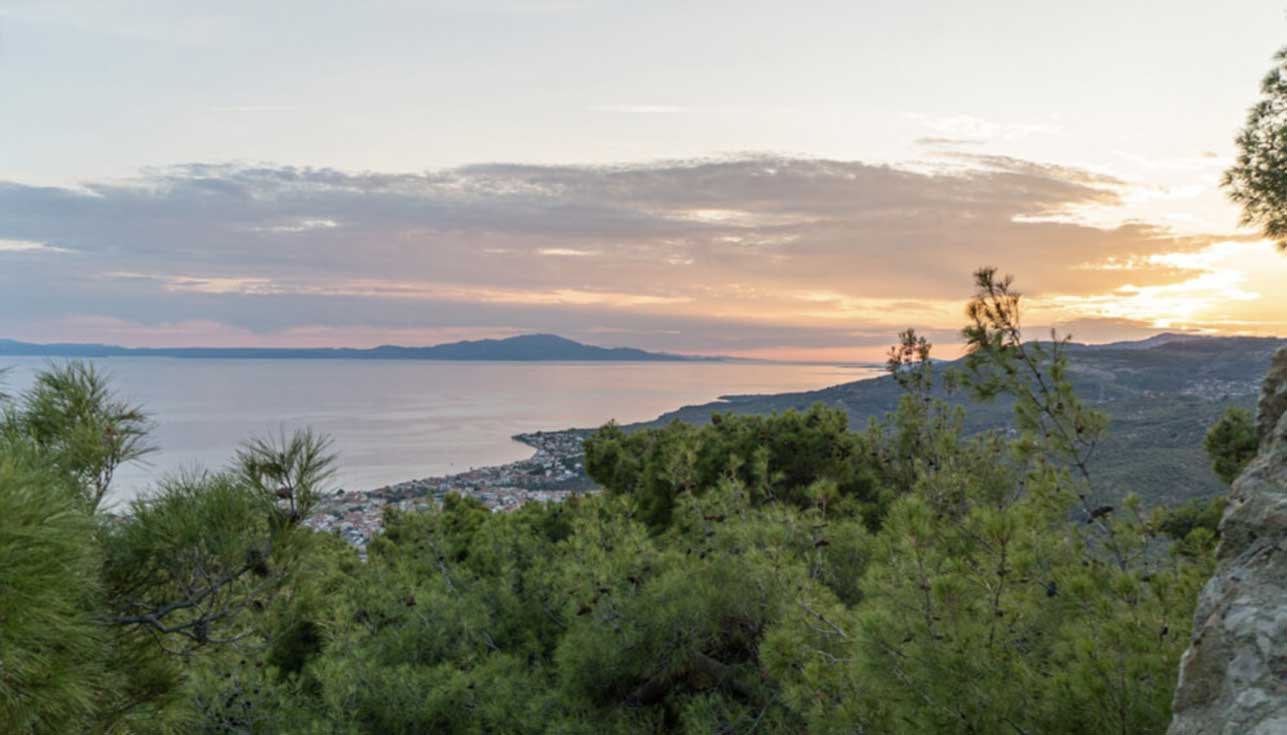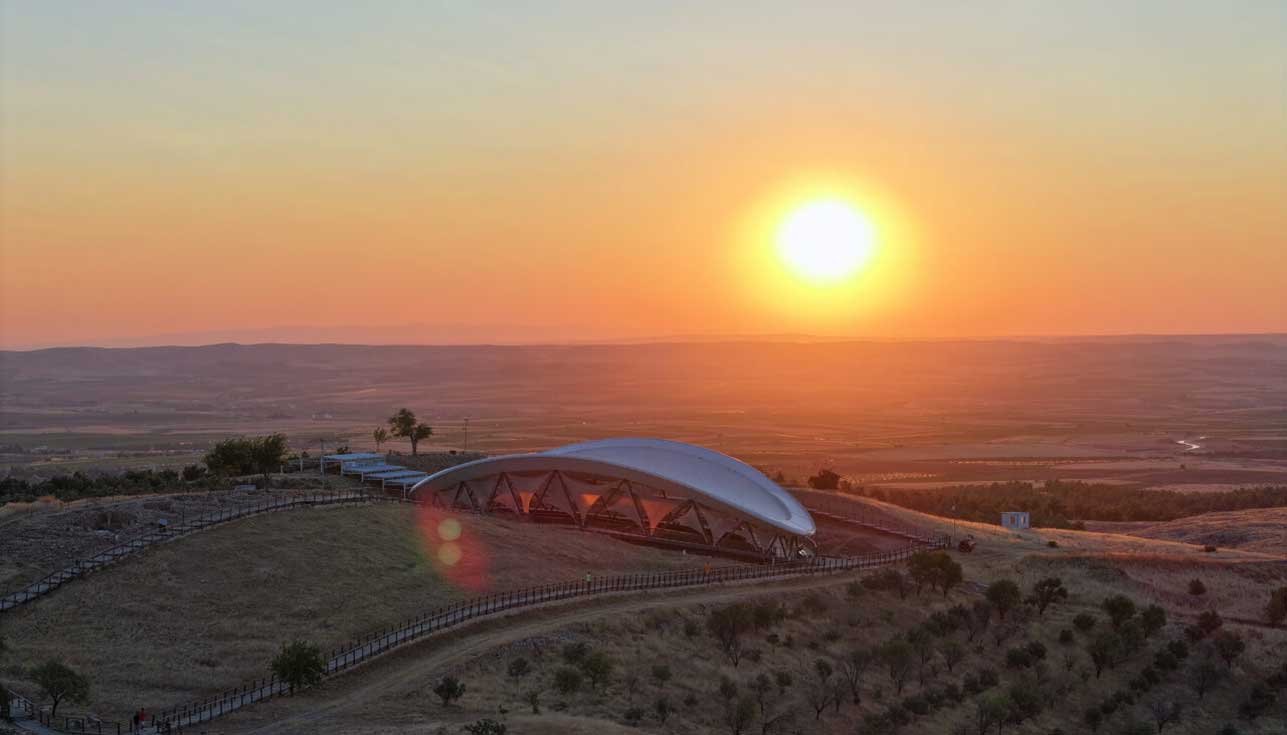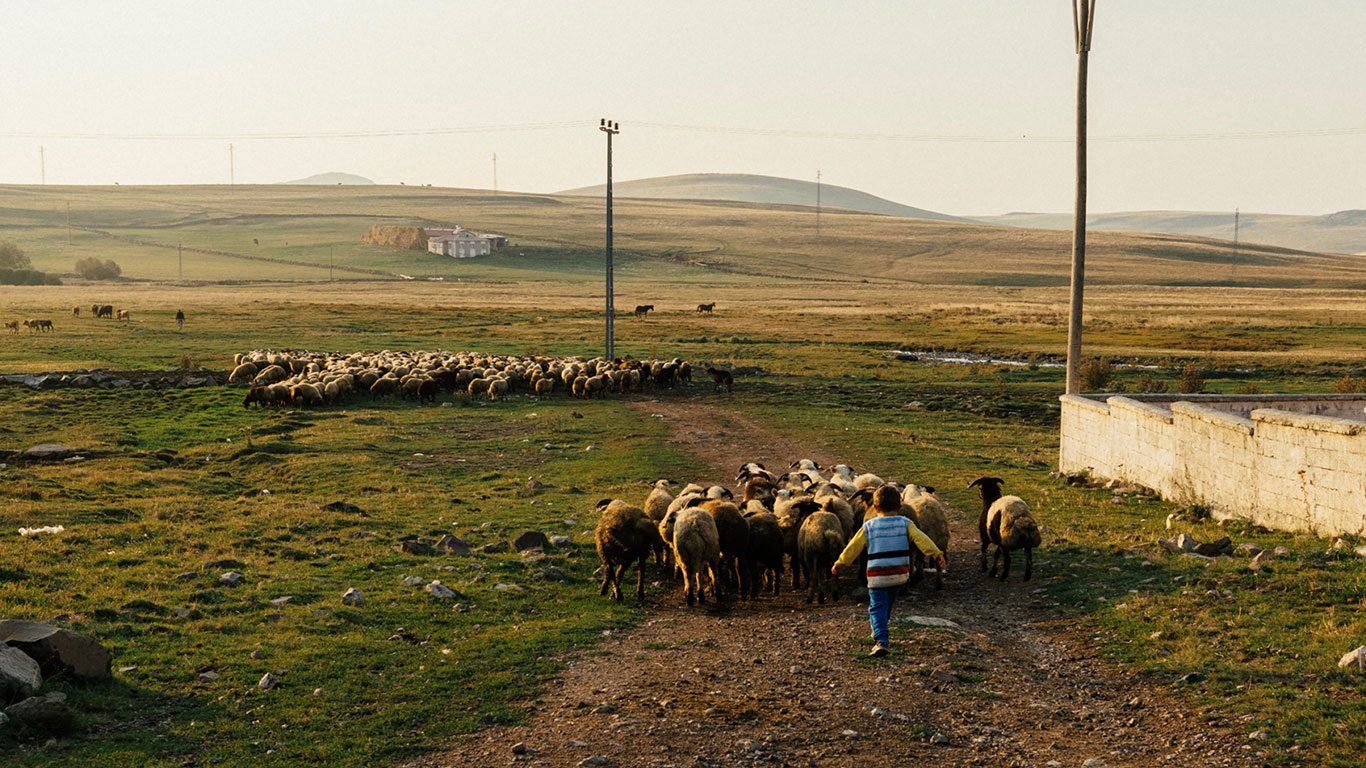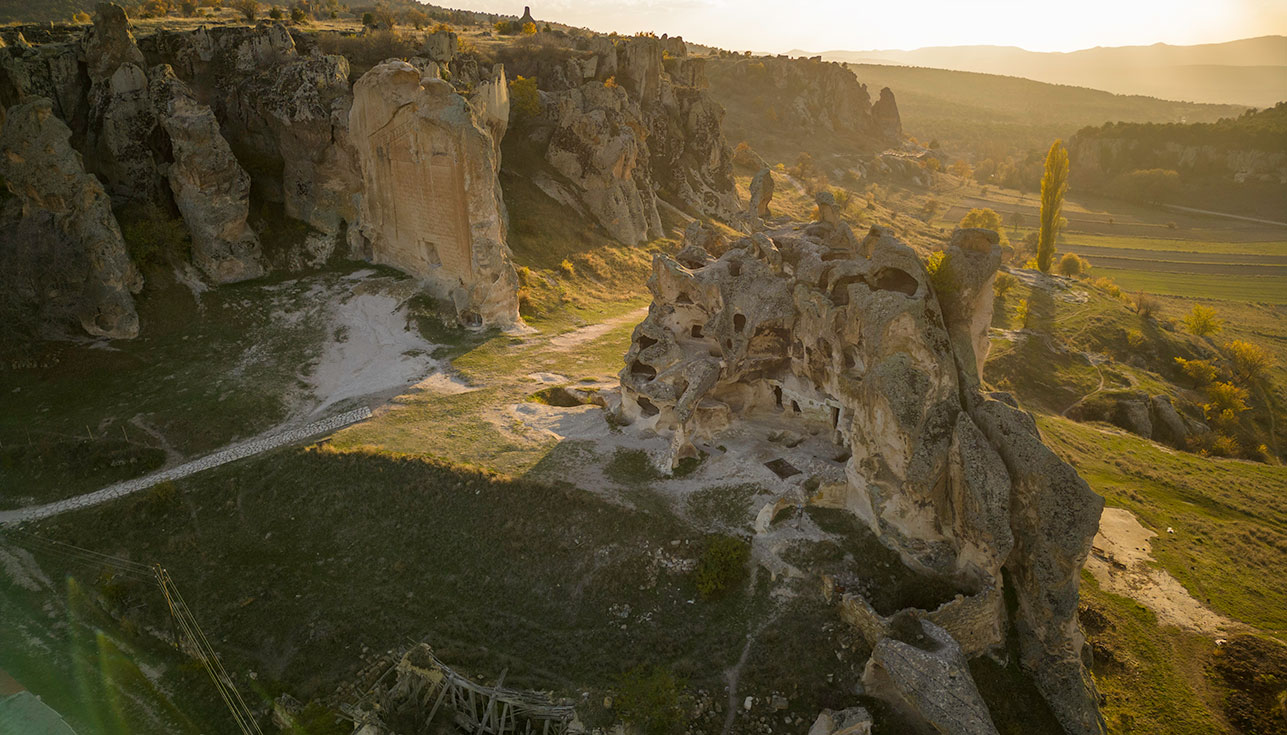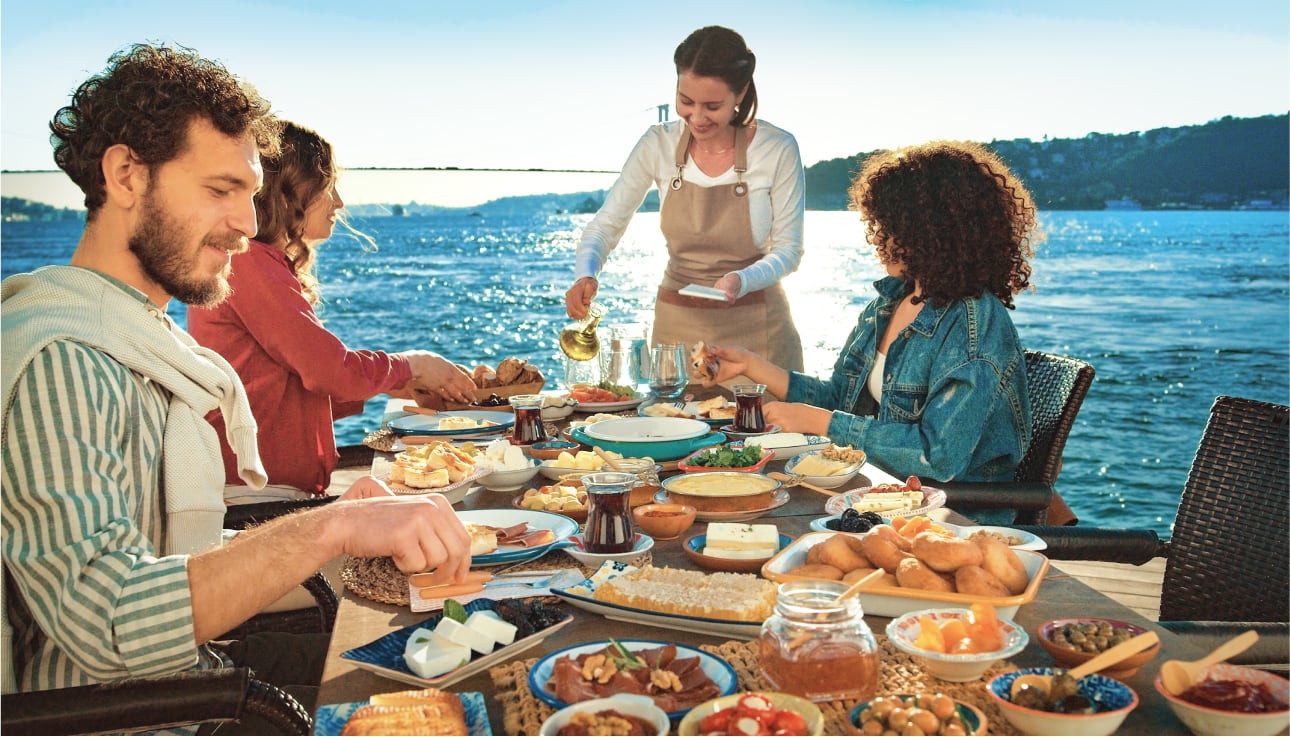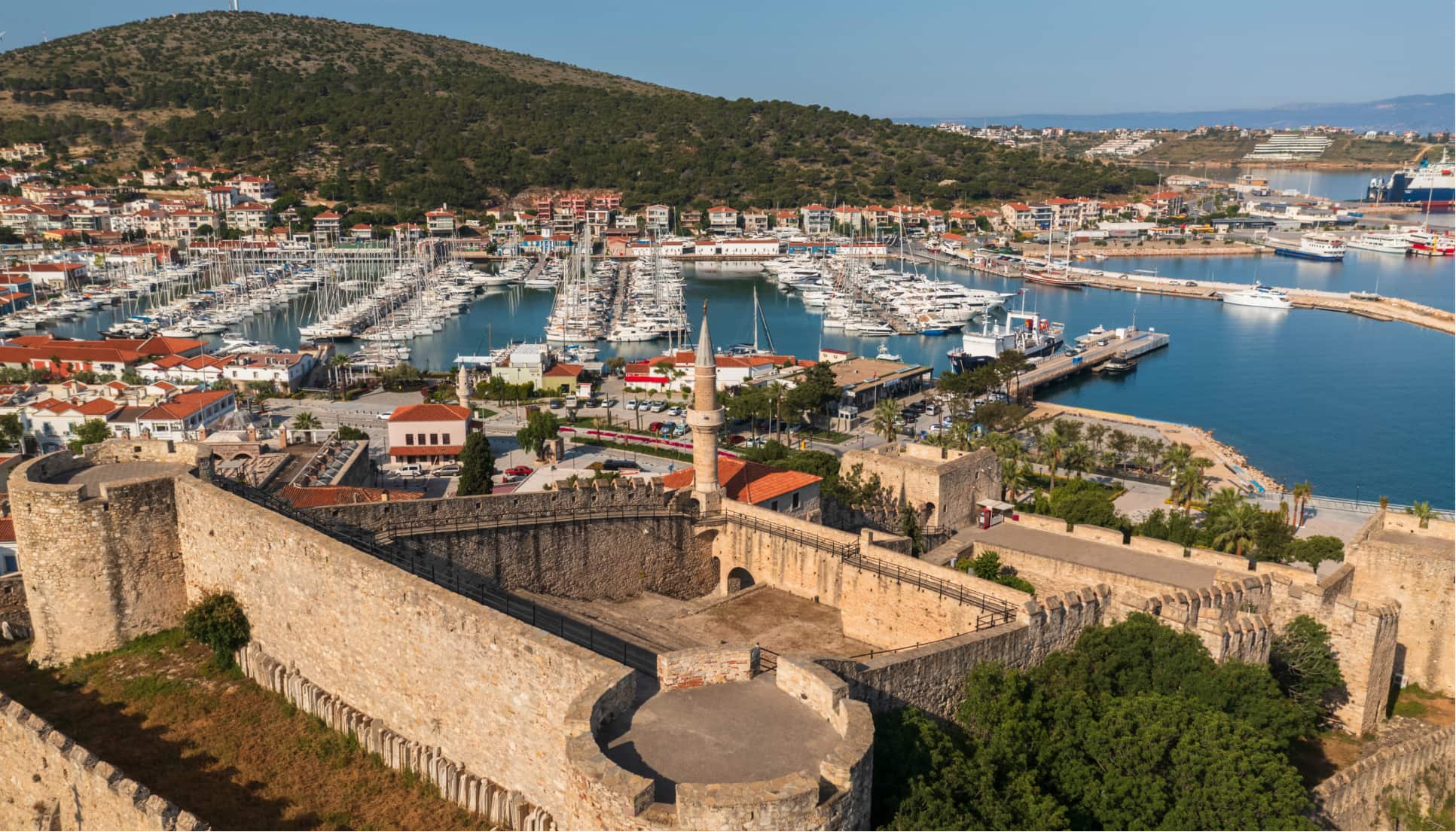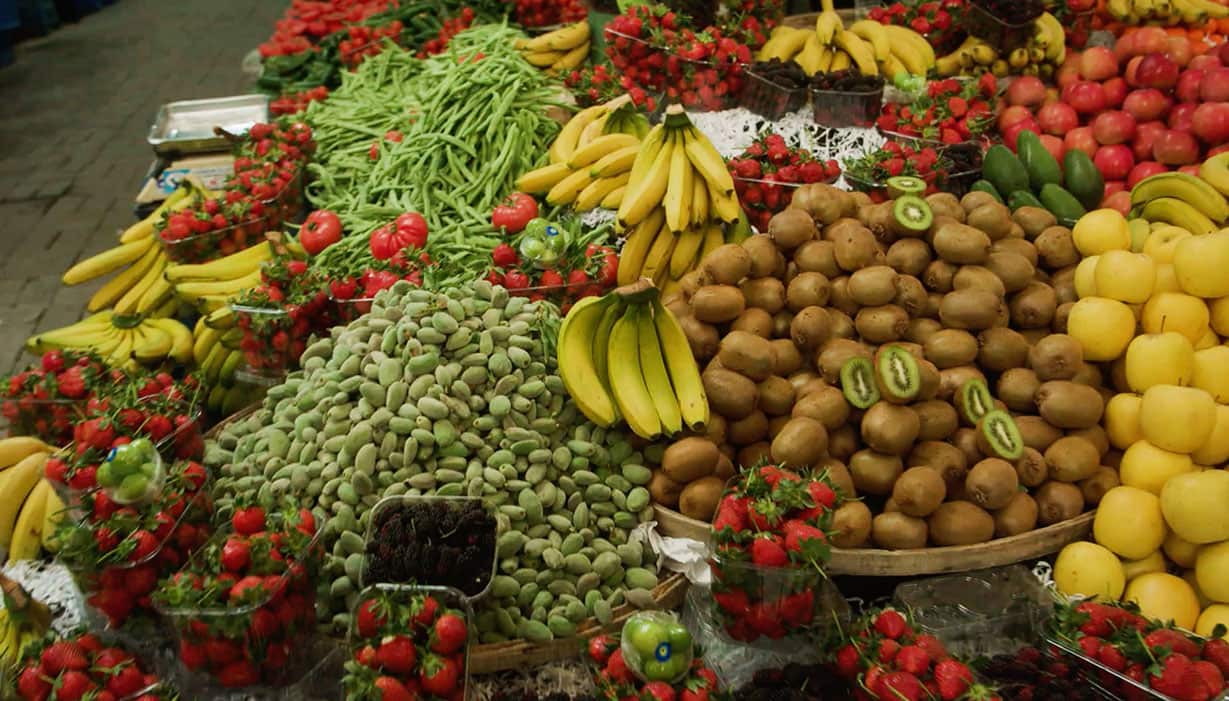Flavors of the TurkAegean: From native delicacies to artisanal foods
With a rich terrain, warm climate, and abundant sea, Türkiye has everything in place to cultivate a food empire that is as diverse as it is delicious. Join native chef, Şemsa Denizsel, on a journey through the TurkAegean as she reveals the culinary secrets that are unique to this region.
Passion before profession
For as long as Denizsel can remember, food has been at the center of her life. A self-defined cook and founder of the teaching kitchen: Cooks Grove, Turkish gastronomy is her passion and livelihood too. The best bit? She gets to do it all from her very own olive grove in the heart of the North Aegean.
To her, “a chef is a position, but a cook is someone who feeds and nourishes people.” It is this sense of community that so many chefs aim to capture in their own cooking – whether they’re serial restauranteurs or humble home cooks. It is their way of contributing to the culinary heritage of Türkiye.

Food is geography
Food is so much more than a necessity in Türkiye. It is the ground it is grown in, the sea it is fished out of, and the trees it is hand-picked from. Hence why the TurkAegean prides itself on an ecosystem that produces food unlike anywhere else in the world. “The wind, the produce, the people, the culture, everything is a dream here,” expresses Denizsel.
Wanting to share the beauty of her surroundings, she now makes and sells her own zeytinyağı (olive oil) – a Turkish ingredient that is produced almost exclusively in the TurkAegean. Smoother and milder than other Mediterranean oils, it is the ideal base for so many traditional dishes, including şakşuka (sauteed vegetables) and types of dolma (stuffed grape or flower leaves).
Wanting to share the beauty of her surroundings, she now makes and sells her own zeytinyağı (olive oil) – a Turkish ingredient that is produced almost exclusively in the TurkAegean. Smoother and milder than other Mediterranean oils, it is the ideal base for so many traditional dishes, including şakşuka (sauteed vegetables) and types of dolma (stuffed grape or flower leaves).
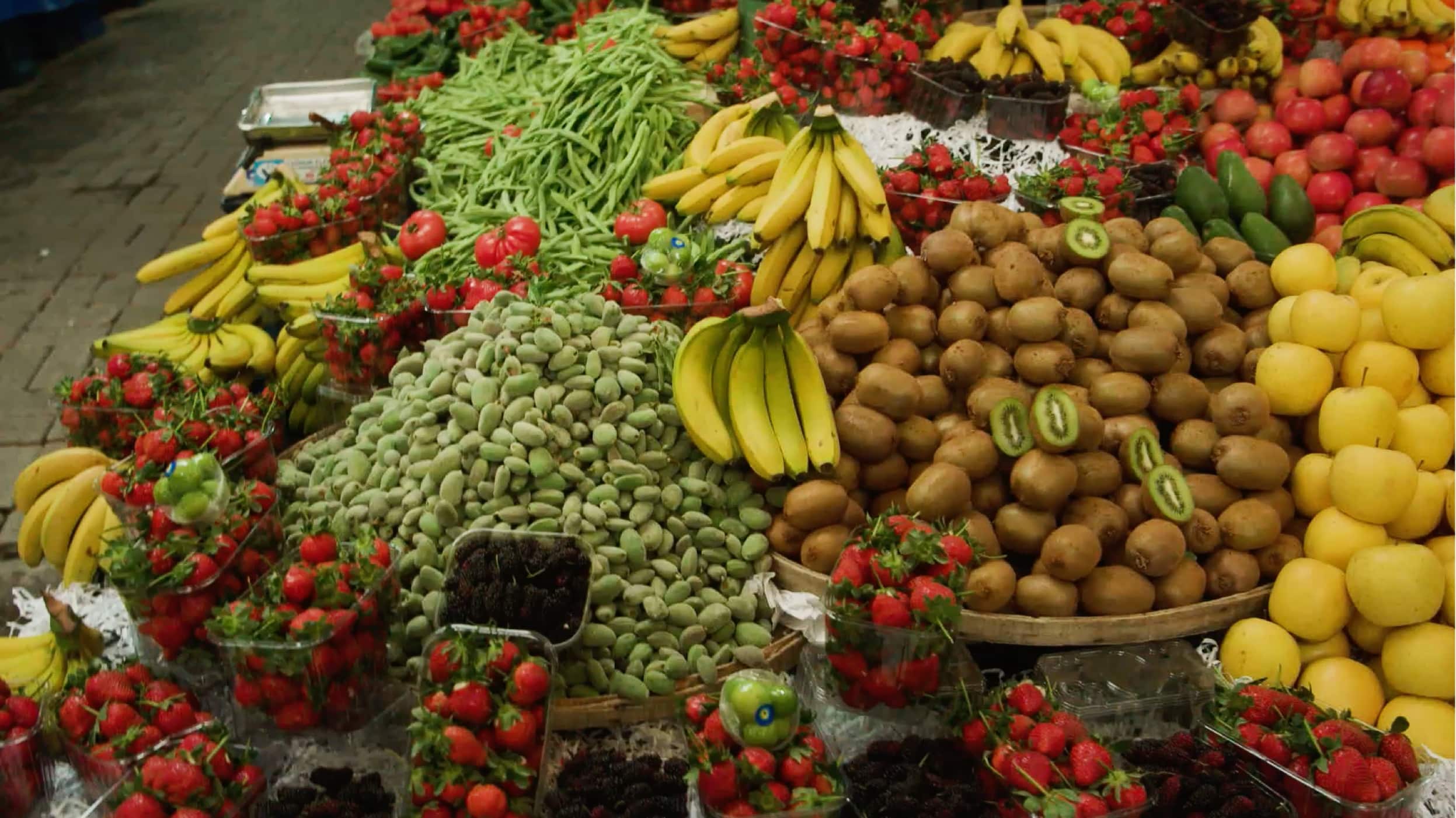
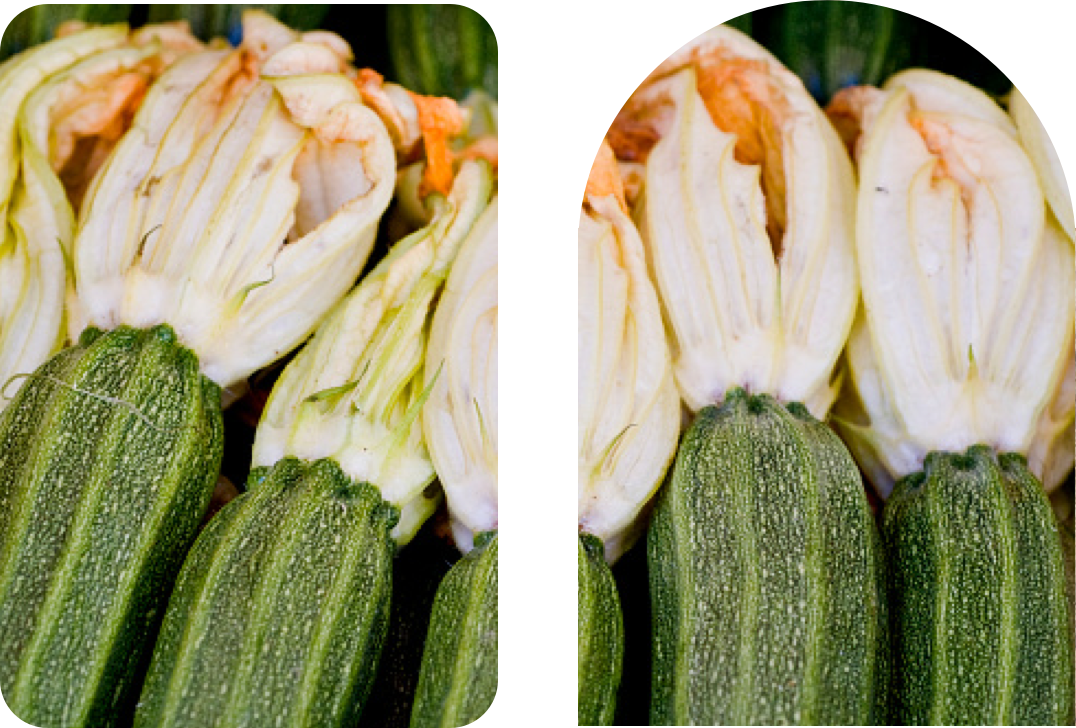
What you see is what you get. Much of the food sold at the marketplace has not been grown on vast farmlands or with advanced machinery; it has been grown in local soil and often cultivated by hand. Because of this, “you know what you’re eating. That’s what is so special about it,” says Denizsel, whose fresh ingredients are all market-bought.
Straight to the source
The marketplace is the hub of Türkiye’s culinary landscape. It is here that fishermen, farmers, local growers, and bakers sell the finest fresh produce. Fish caught earlier that day. Eggs laid just hours before. Ekmek (Turkish bread) straight from the oven. Meander from stall to stall to meet the people behind the food and find a sense of camaraderie amid the hustle and bustle.
What you see is what you get. Much of the food sold at the marketplace has not been grown on vast farmlands or with advanced machinery; it has been grown in local soil and often cultivated by hand. Because of this, “you know what you’re eating. That’s what is so special about it,” says Denizsel, whose fresh ingredients are all market-bought.
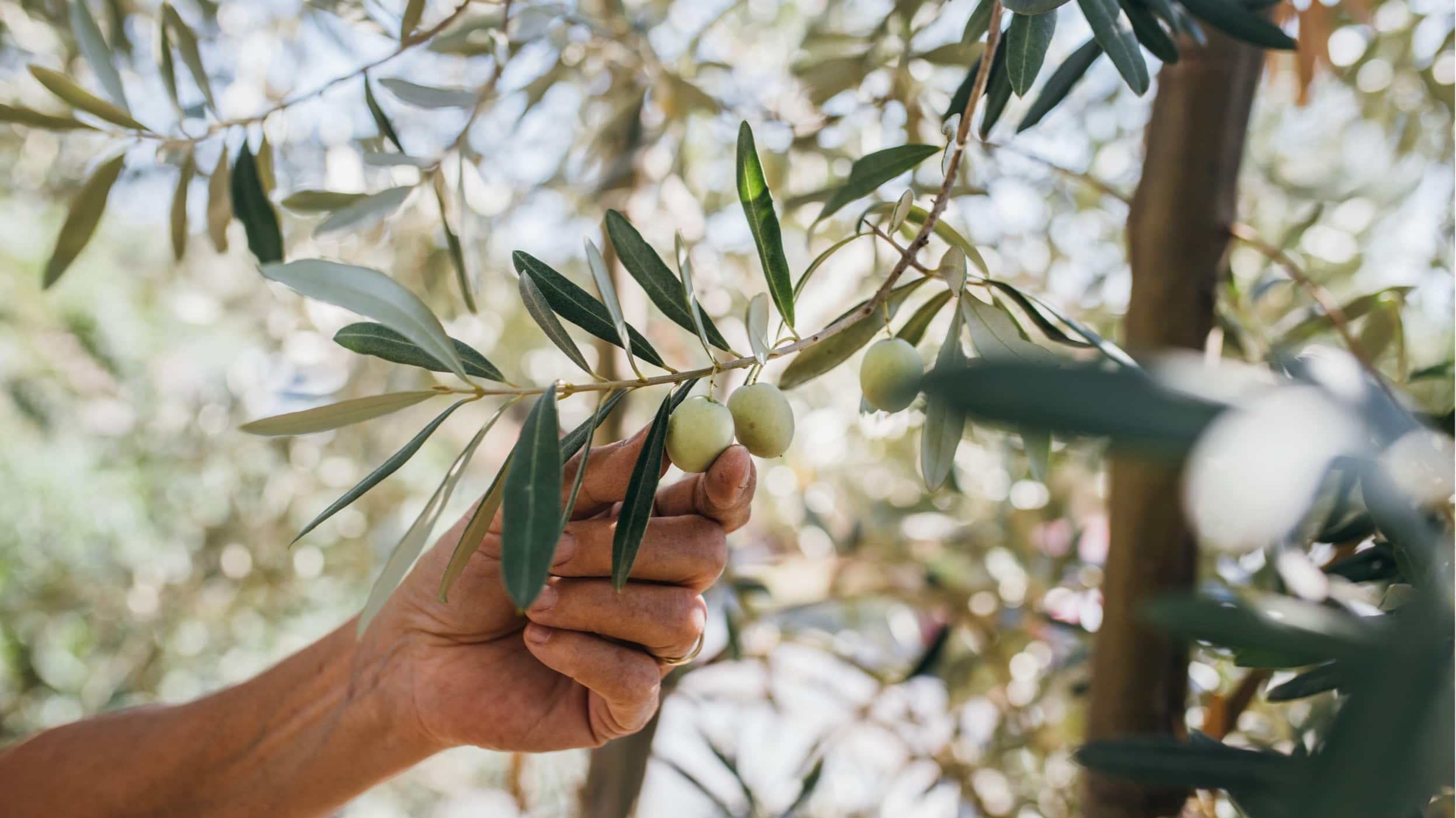

The fall brings peppers, spinach, and cabbages, before making way for winter vegetables, like cauliflower. At this point, zeytinyağlı sebze yemeği (vegetables in olive oil) is a firm favorite in home kitchens and restaurants alike. It just goes to show that when simple food is done right, it can make for an unforgettable culinary experience.
Living off the land
Foraging is a big part of TurkAegean living, owing to the “garden” of greens that many locals have on their doorsteps. In spring, artichokes, fava beans, and strawberries are the seasonal must-haves, while tomatoes and eggplants are the summer picks. July marks zucchini season, when all thoughts are on making kabak çiçeği dolması (stuffed marrow blooms). But plan your forage carefully: the blooms must be collected before sunrise to prevent them from wearing out due to the heat.
The fall brings peppers, spinach, and cabbages, before making way for winter vegetables, like cauliflower. At this point, zeytinyağlı sebze yemeği (vegetables in olive oil) is a firm favorite in home kitchens and restaurants alike. It just goes to show that when simple food is done right, it can make for an unforgettable culinary experience.
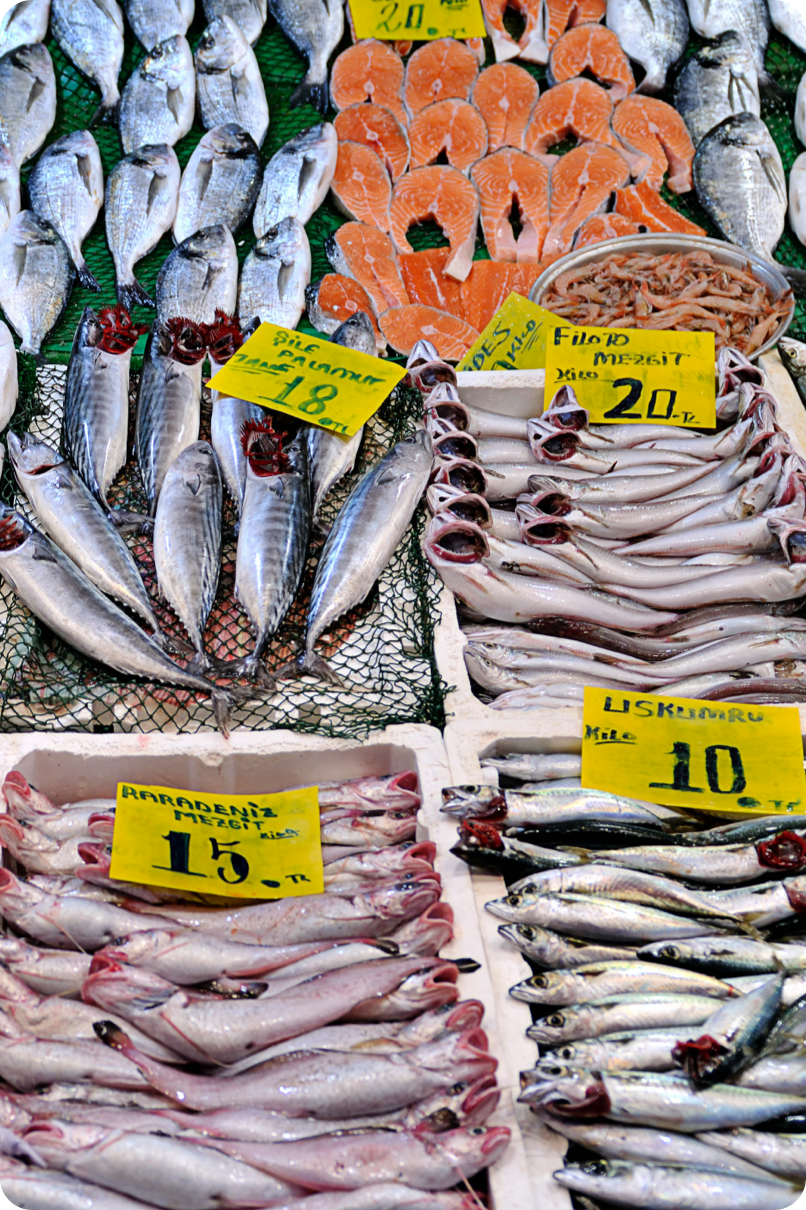
Deep-sea dining
Because of its proximity to the sea, the TurkAegean is full of fish restaurants, serving the “Catch of the Day” alongside a colorful selection of mezes, like deniz börülcesi (samphire salad) and kısır (bulgur salad).
For those looking for something more casual, tradesmen eateries are a chance to try some of the best seafood in Türkiye, which Denizsel says is “always so wonderful, so exciting, and fresh”. Choose from the diverse range of food on display, whether it’s calamari, shrimp, or mussels. Eat it there and then, before washing it down with a glass of rakı (the popular Turkish anise-flavored drink) or şarap (wine).
For those looking for something more casual, tradesmen eateries are a chance to try some of the best seafood in Türkiye, which Denizsel says is “always so wonderful, so exciting, and fresh”. Choose from the diverse range of food on display, whether it’s calamari, shrimp, or mussels. Eat it there and then, before washing it down with a glass of rakı (the popular Turkish anise-flavored drink) or şarap (wine).
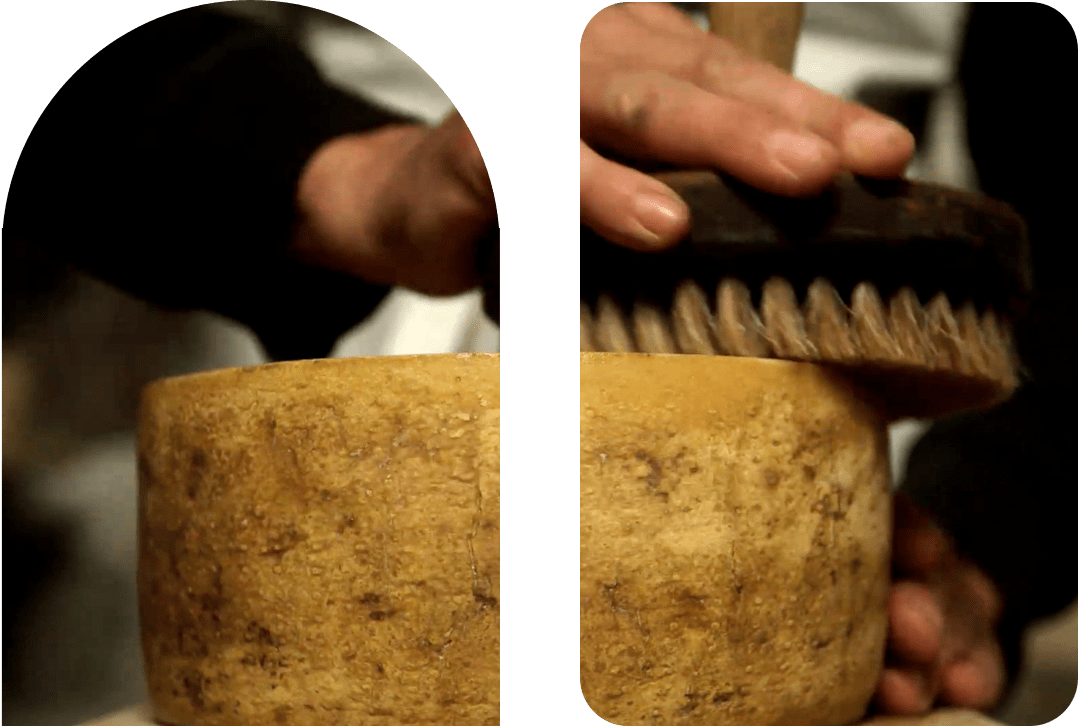
Those with a sweeter tooth can visit a traditional helva confectioner, whose craft has remained unchanged for ten generations. Wood-burning ovens are used to roast the sesame seeds while hand-pressing techniques are used to mill them into a smooth paste called tahini. The mixture is then kneaded with a type of nougat, before being set into blocks. Pair it with a cup of Türk kahvesi (Turkish coffee) for the ultimate blend of bitter and sweet.
Artisanal craftmanship
Further inland, artisanal producers continue to operate in and around the TurkAegean, ensuring its culinary legacy lives on. Sepet Peyniri (Basket Cheese), for instance, is still made using the local Aegean method. Cheese curds are placed into a wicker basket and hand-pressed until all the moisture is completely drained. Once solidified, it reveals a unique basketweave pattern to which it owes its name. Add it to a typical Turkish breakfast platter or mix it into a Çingene pilavı (Gypsy cooked rice).
Those with a sweeter tooth can visit a traditional helva confectioner, whose craft has remained unchanged for ten generations. Wood-burning ovens are used to roast the sesame seeds while hand-pressing techniques are used to mill them into a smooth paste called tahini. The mixture is then kneaded with a type of nougat, before being set into blocks. Pair it with a cup of Türk kahvesi (Turkish coffee) for the ultimate blend of bitter and sweet.
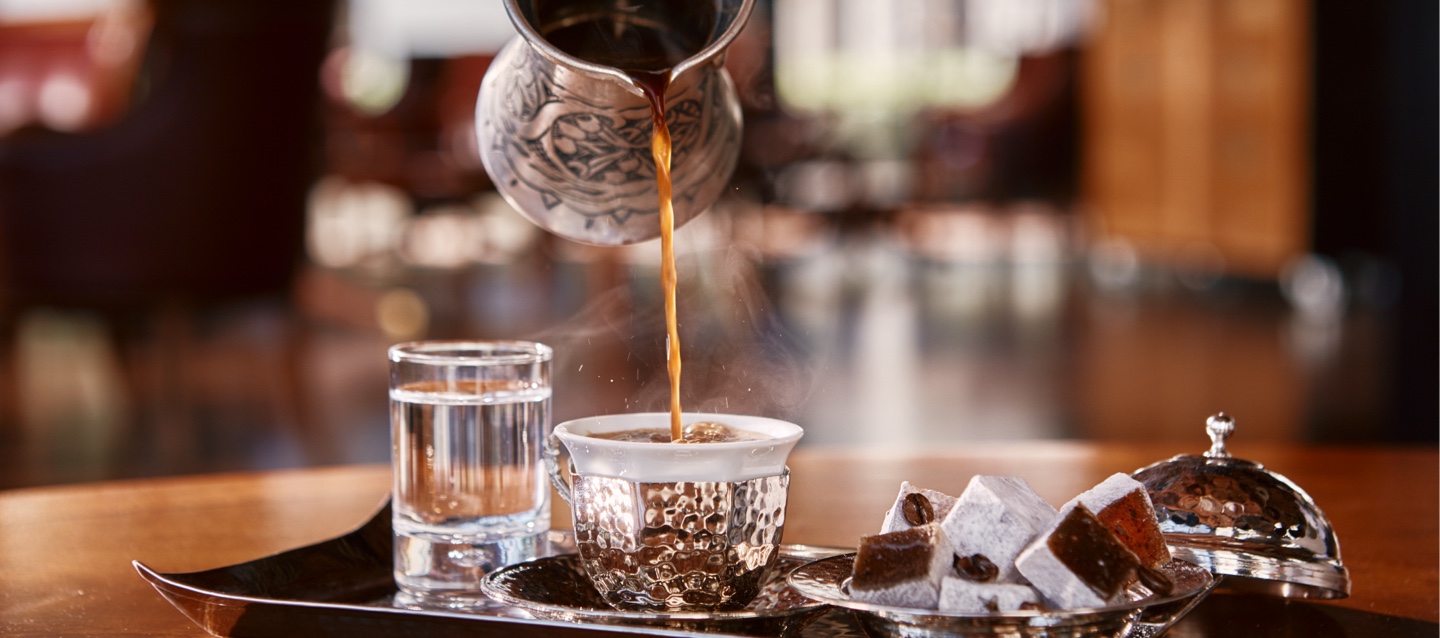
If where you live dictates what you eat, then locals and visitors of the TurkAegean are spoiled for choice. Changing with the seasons, the food of this region has its own energy, connecting people to the land from which it was grown. Smell, touch, or taste – you will not want to miss out on this journey of the senses.



